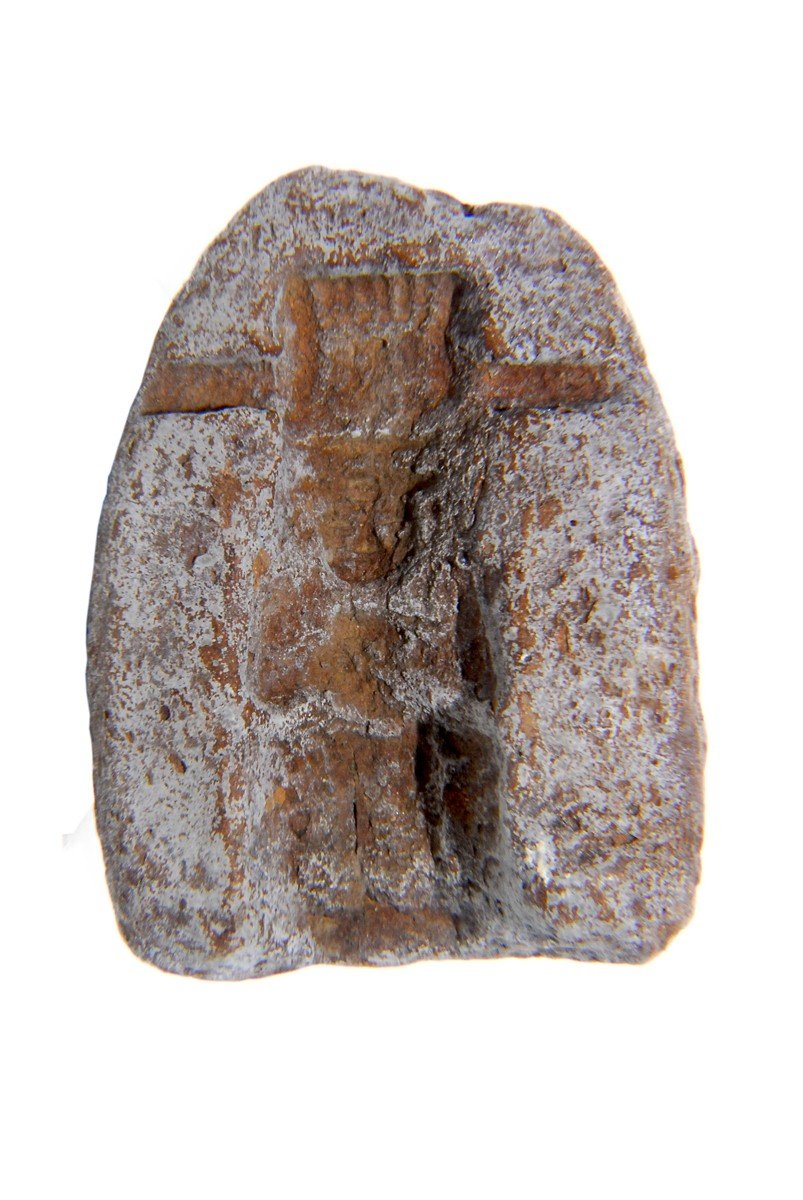
Mould
Egyptian Art
| Place of production | Egypt |
|---|---|
| Date | 7th-4th centuries BC (664-332) |
| Object type | sculpture |
| Medium, technique | bronze |
| Dimensions | 4.2 x 1.6 x 4.1 cm |
| Inventory number | 51.1313 |
| Collection | Egyptian Art |
| On view | This artwork is not on display |
Apis, “the king of all sacred animals” in Egypt is depicted in this votive bronze statue, originating presumably from Saqqara (the necropolis of the city of Memphis), from the Late Period. Thanks to the numerous positive characteristics attributed to bulls (procreative power, unfettered life energy), the Apis bull and its cult became part of the rituals connected to Egyptian kingship as early as the beginnings of the country’s written history. In the Late Period, votive bronze statues were produced and erected en masse to pay tribute to the Apis bull, which was considered the living image and earthly manifestation of Ptah. Among them, this well-executed statue is one of the highest quality pieces.
The statuette depicts a bull in a usual position with its left leg striding forward. Despite its oxidised surface, it is finely elaborated: the workmanship of the sun disc with the uraeus snake between the horns as well as the head and the chest are indicative of this. A hole and traces of a pin can be observed in the middle of the pedestal.
This record is subject to revision due to ongoing research.